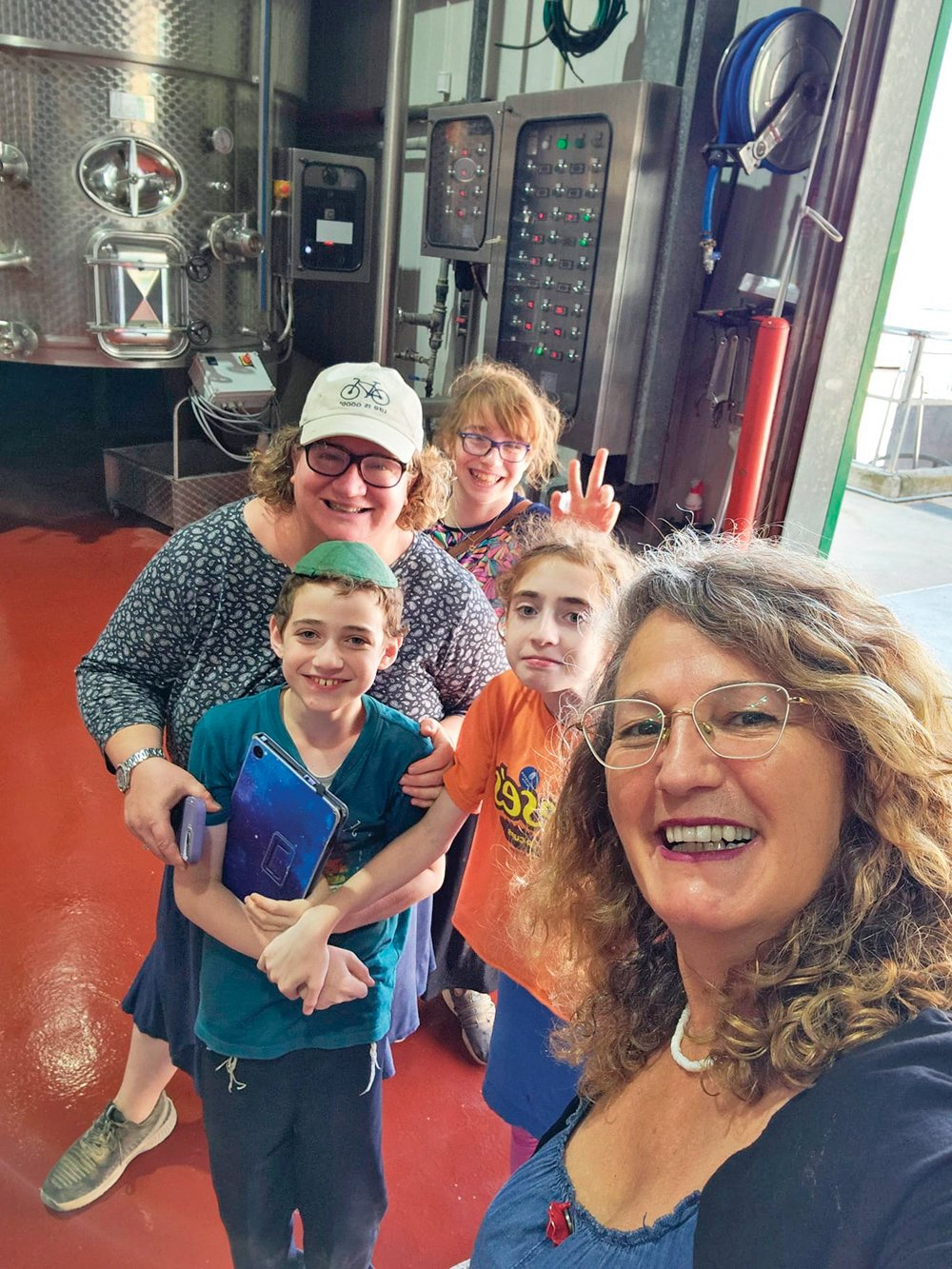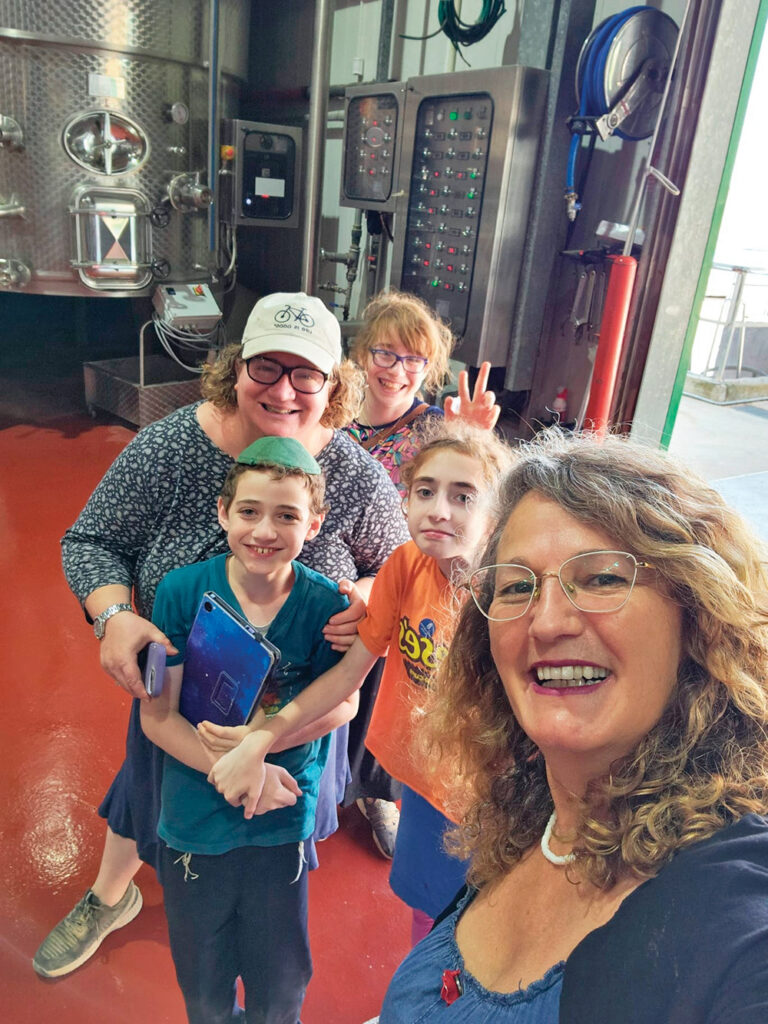
On the foothills and flatlands of the Negev Desert, a forest blooms in summer and winter. Planted in 1964 as part of a dream of David Ben-Gurion, the Yatir Forest now hosts 30,000 dunam of Aleppo pine and cypress trees, which have become an ecological instrument of change for the region, markedly enriching its topography and terroir—enabling acacia, carob, fig, olive, eucalyptus trees and even grape vines to grow. It is these vibrant and strong grape vines that have contributed to a massive change in the way quality wines, from grapes grown in deserts worldwide, are made. In fact, the region has been visited by agronomists from the greatest wine regions of the world, to learn how Negev vineyards thrive in drought conditions. The region now has a robust agricultural footprint and has created delicious wines from several unexpected grape varieties, in particular chenin blanc, petit verdot and cabernet franc.
On October 7, 2023, my friend Etti Edri told me she woke up at 6:30 a.m. to the sounds of rockets and alerts buzzing on her phone. Her home in Yatir, just 30 minutes from Hebron, is less than an hour’s drive from Gaza, and many people in her community and neighborhood were directly affected by the October 7 attack and its aftermath. After hours of waiting with her family in their safe room, she learned of the gravity of Hamas’ breach into Israel, and jumped into action to help her neighbors. She shared a stark and personal sense of loss when speaking of the people lost on that day and those that followed; children of friends and many IDF soldiers and miluim (reservists) fell while protecting Israel from the incursion.
This past August, driving to Yatir Winery where Edri works, was a surreal experience. My car passed no others as I drove through this deeply agricultural region. I looked at the many improvements and new vineyards that have been planted in the 18 months since my last visit. The vineyards were quiet; the vines were heavy with grapes almost ready to be harvested. A pack of dogs on the roadway looked us up and down as we drove slowly by.
Edri, who works as export manager for Yatir Winery as well as Carmel, which are jointly owned, shared how this year has been in comparison to the many others since Yatir’s founding in 2000. Most difficult, she said, has been the lack of visitors to the winery, which is most vibrant when its beautifully appointed tasting room is full of people trying the region’s delicious wines.
A series, made available just this year, has been designed as an inducement for visitors to return. Only available at the winery, the Avant Garde series of wines made by star winemaker Eran Goldwasser from Yatir are made from select grapes and in very exclusive quantities. They are only available at the winery and cost 130 NIS each. While I know it’s a difficult time to visit Israel, I urge everyone to continue planning their trips. If we believe in Israel, we have to believe in its people and in helping to support them. So I encourage you to go and support!
Here is my review of the four delicious wines, which I recommend without reservation and cannot pick a favorite. Again, these beautiful wines are only available for purchase at the winery.
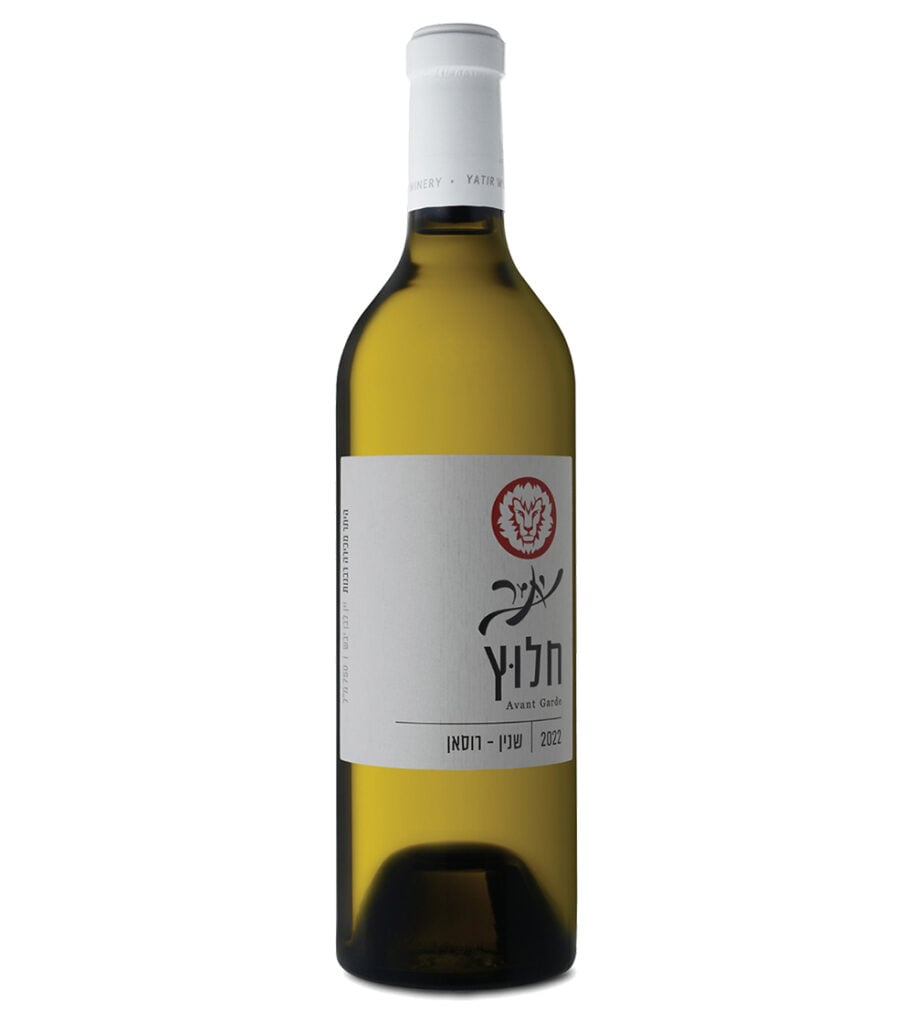
Having just said that I can’t pick a favorite, if I did, it would be the one rich white wine of the group, the Yatir Avant Garde Chenin Blanc-Roussanne 2022. This beautifully aromatic white wine has a nose of white peach and orange pith, and has a truly perfect balance of acidity, fruit and freshness. The use of 78% chenin blanc—which we know from experience is truly an ideal grape for growing in the desert—is expertly blended with 22% roussanne, which adds a spicy bite or edge to increase its complexity and keep us coming back for more. The wine also spent some time aging in a foudre, an extremely large oval oak barrel, which I have seen quite often in Israel to age roussanne so that the influence of oak is light yet effective in helping the wine achieve optimal oxidation. I brought this wine back to Jerusalem from Yatir and drank it on Shabbat, and it was one of the best and most enjoyable wines I’ve ever been able to share with friends while in Israel. The empty bottle was all the evidence I needed.
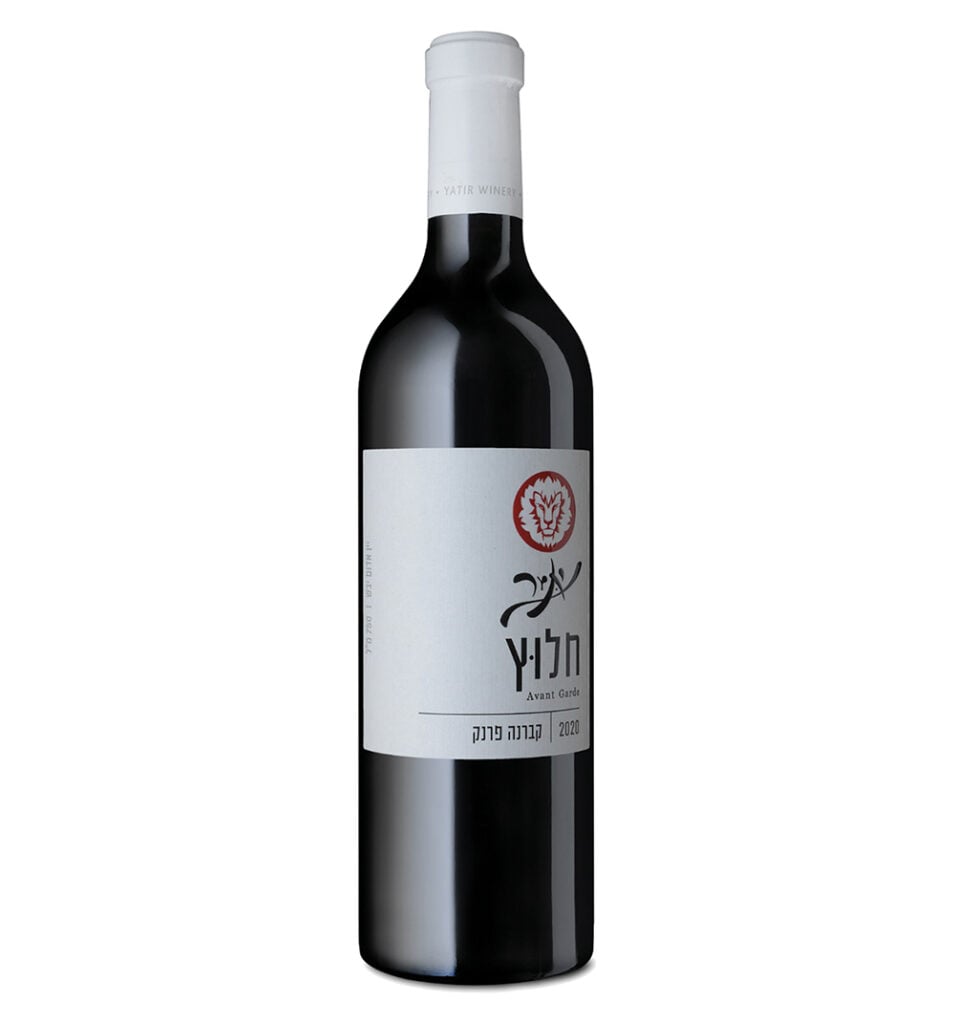
It was also a wonderful joy to taste the Yatir Avant Garde Cabernet Franc 2020, which has a deep purple color and copious notes of green pepper, capsicum and deeply aromatic blue and black fruit. I am generally fond of cab franc, which can definitely run hot and have a higher alcohol content than other reds, and this wine has an alcohol content up there at 14.5%. The cab franc comprises 86% of the blend, 9% cabernet sauvignon and 5% tannat. It’s a wonderful wine that can stand up beautifully to strong flavors, like smoked fish, brisket or even a really stinky cheese. I took this wine home after our tasting in Teaneck (after having only tried it briefly in Israel at the winery), and the next day I discovered the wine had developed really pleasing tertiary, earthy notes like a cigar box. It was quite literally good to the last drop.
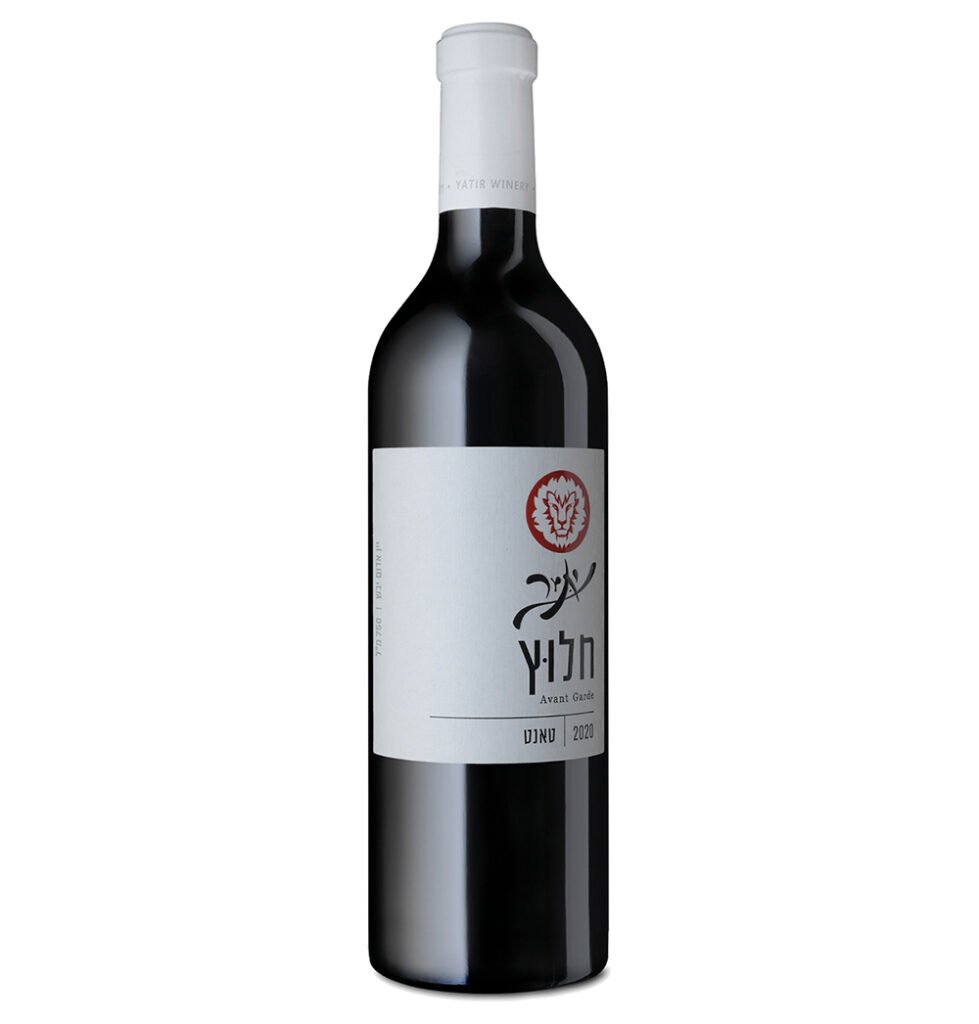
Another big red star of this series is the Yatir Avant Garde Tannat 2020, made of 100% tannat. I am a huge fan of Israeli tannat, of which my previous favorite was made by Tabor, but the wines made from tannat in Israel differ widely from one another. One thing they have in common is vibrancy and depth, and earthy notes which makes them a great wine to pair with tomato-based or herb-filled dishes like pasta or pizza. Yatir’s tannat from this series has a nose of black fruit, like black cherry and blackberry, with soft and ripe tannins. This wine is not as intense as the cab franc, but is well-balanced and smooth.
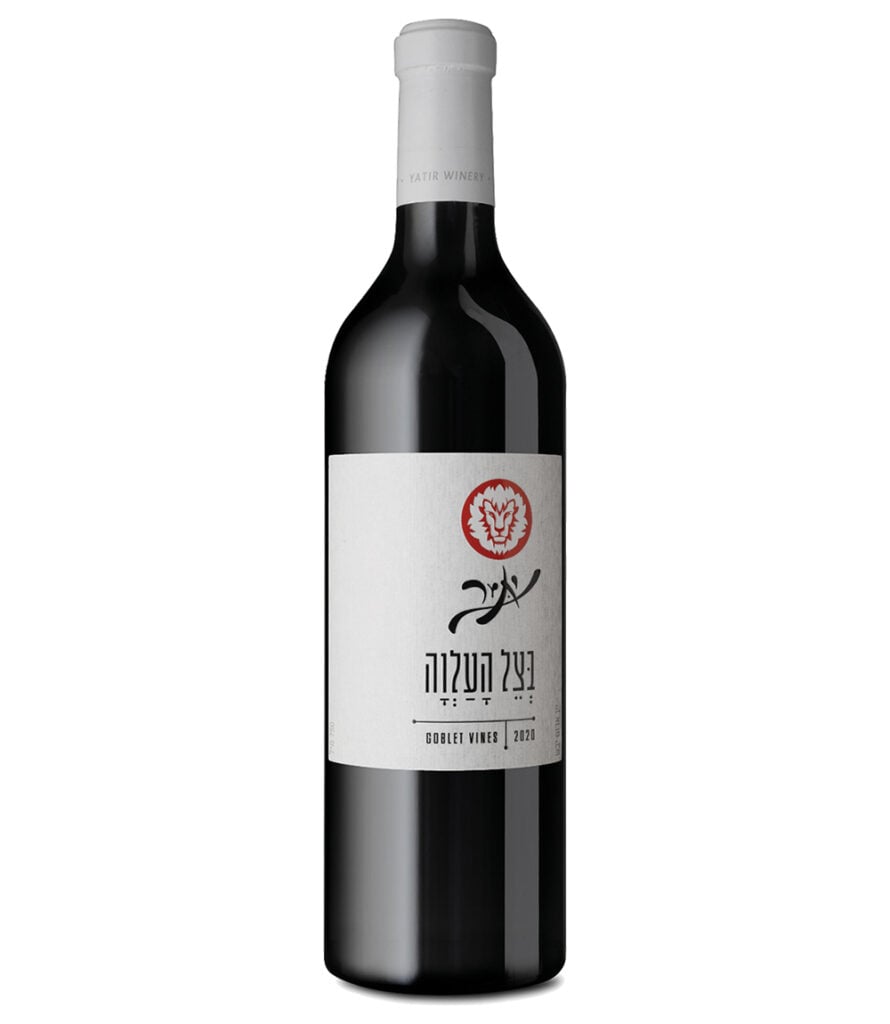
Finally, the last in the series is the Yatir Avant Garde Goblet Vines 2021. Goblet vines are grapes that are grown with a special kind of vine training, not with a traditional wire-and-stake vineyard trellis designed in rows, which is seen most often in Israel. In the goblet style the vines are trained without any support such as wires, or they can be tied up to a single stake to create a cup-like/goblet shape. In this way, the goblet vines are not a reference to the type of grape but to the shape of the vine when the spurs (one-year-old shoots) are trained from the top of a short, single trunk. This wine is made from a beautiful blend of 26% cinsault, 30% grenache, 20% syrah, 20% carignan and 4% mourvedre. The wine has a nose of red plum, red cherry and berry, has a dusty purple tone in the glass and is extraordinarily velvety, with soft tannins and a long and lustrous finish. This wine seemed very young in the glass, and I hope there will be a bottle waiting for me on my next visit, as this wine will age beautifully over the next decade.
I gleaned an important lesson from tasting these wines along with two very aged bottles of Yatir’s flagship wine, the Yatir Forest: From vintages of 2007 and 2009, we found that these bottles are made expertly and can be aged significantly and will continue to please the palate even years down the road. Both the 2007 and 2009, beautifully stored by Kobi Zaken of Royal Wines, showed that Israeli wines from the desert stand up proudly with the best wines of the world.


